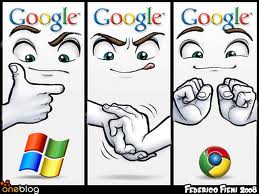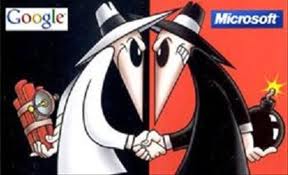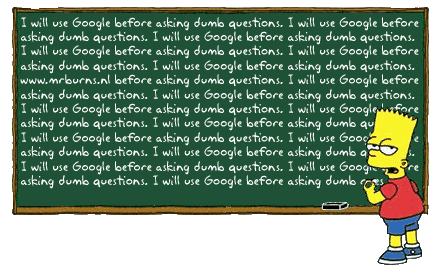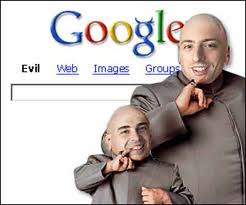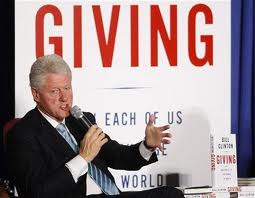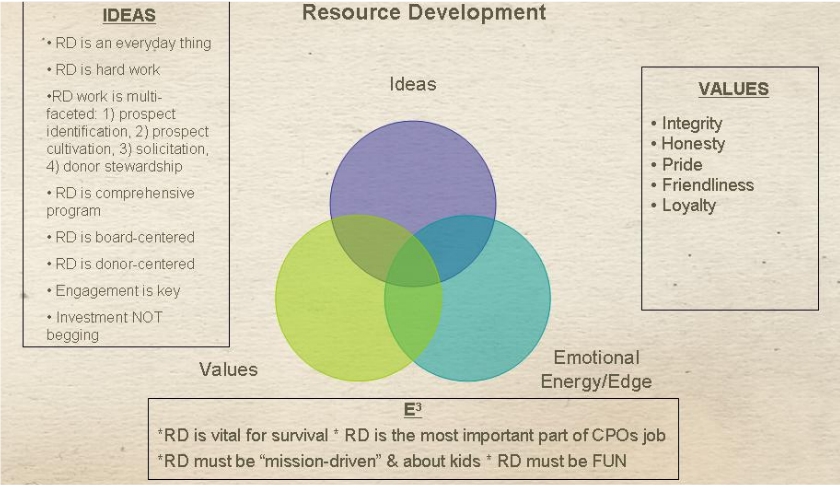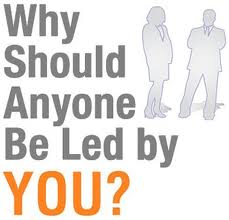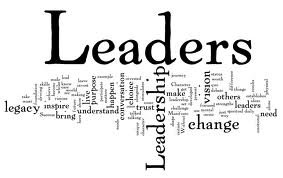 This week we’re looking for non-profit and fundraising advice from one of my favorite books — “It’s Not Easy Being Green: And Other Things to Consider” — written by Jim Henson, The Muppets, and Friends. Yesterday, we looked at the idea of being “mission-focused” in a quote from Jim Henson. Today, we’re taking some fundraising advise from the keyboard player and leader of Dr. Teeth and the Electric Mayhem band.
This week we’re looking for non-profit and fundraising advice from one of my favorite books — “It’s Not Easy Being Green: And Other Things to Consider” — written by Jim Henson, The Muppets, and Friends. Yesterday, we looked at the idea of being “mission-focused” in a quote from Jim Henson. Today, we’re taking some fundraising advise from the keyboard player and leader of Dr. Teeth and the Electric Mayhem band.
Here are some lyrics from one of the band’s hit songs that I think contains great advice for volunteer solicitors who are out there making the ask during tough economic times:
“Whenever there’s a dream worth a-dreamin’
And you want to see that dream come true
There’ll be plenty people talkin’,
Say forget all about it
Say it isn’t worth all the trouble.
All the trouble that you’re goin’ through
Well, what can you do?You can’t take no for an answer
You can’t take no for an answer
You can’t take no for an answer.No, no, no!
Whatcha gonna do when the times get tough,
And the world’s treatin’ you unkind?
You’ve got to hang on to your optimistic outlook,
And keep possession of your positive state of mind.”
Where was the Emmy nomination for THAT song? Well, I’m just glad that the recent muppet movie song “Man or Muppet” got an Academy Award nomination for Best Song at this year’s Oscar celebration. Congratulations to all of my muppet friends. 🙂
So, back to fundraising . . . I believe Dr. Teeth has some very important advice for fundraising volunteers when it comes to:
- Preparing yourself mentally for “The Ask” because 1-out-of-4 solicitations will end in a “NO”.
- Preparing yourself to be politely test the question: “What does NO really mean?”
 As for mental preparation, I am always amazed at how few non-profit organizations put together a well-run annual campaign kickoff event. Too often, I’ve attended a kickoff meeting that feel 75 percent social, 20 percent administrative (e.g. prospect assignment) and five percent training focused. My advice to fundraising professionals is to turn this approach on its head and use the kickoff meeting to engage, train and prepare volunteer solicitors for the following:
As for mental preparation, I am always amazed at how few non-profit organizations put together a well-run annual campaign kickoff event. Too often, I’ve attended a kickoff meeting that feel 75 percent social, 20 percent administrative (e.g. prospect assignment) and five percent training focused. My advice to fundraising professionals is to turn this approach on its head and use the kickoff meeting to engage, train and prepare volunteer solicitors for the following:
- how to make a technically proficient face-to-face solicitation,
- how to prepare for the solicitation meeting both mentally and physically, and
- how to deal with all possibilities including YES, NO, and MAYBE.
I’ve seen nothing more damaging that ill-prepared volunteers running out the door with pledge cards in hand only to run into a buzz saw of NOs. Believe me when I tell you that the first report meeting is ugly and demoralized volunteers are hard to re-motivate. So, using the training portion of the kickoff meeting to prepare volunteers on how to handle NO and maintain a mission-focused positive mental attitude is critical.
 As for Dr. Teeth’s idea of “not taking NO for an answer,” I believe this also goes back to your campaign kickoff meeting. I think it is important to train to volunteer solicitors to underestand that NO simply means “not now”. Once this is understood, let’s teach volunteers to not tuck their tails and run once a prospective donors says NO. With a little training, volunteers will be able to casually engage prospects in a conversation that will net valuable information such as:
As for Dr. Teeth’s idea of “not taking NO for an answer,” I believe this also goes back to your campaign kickoff meeting. I think it is important to train to volunteer solicitors to underestand that NO simply means “not now”. Once this is understood, let’s teach volunteers to not tuck their tails and run once a prospective donors says NO. With a little training, volunteers will be able to casually engage prospects in a conversation that will net valuable information such as:
- Is this just a bad time to be asking for a contribution? Is there a better time?
- Is the NO a result of something the agency did (or didn’t do)? If so, what is it and what can be done to fix the situation?
- If there is a willingness to donate but simply no money to give, then is the prospect open to supporting the agency with other gifts of time or talent?
What does your annual campaign kickoff meeting look like? What types of trainings do you provide fundraising volunteers so they feel comfortable using some of Dr. Teeth’s sound advice? How do you capture this information in your donor database? Do you use contact reports? If so, what do they look like and how do you inspire your volunteers to fill them out?
Please use the comment box below and weigh-in with your experiences and ideas. We can call learn from each other. 😉
Here’s to your health!
Erik Anderson
Founder & President, The Healthy Non-Profit LLC
www.thehealthynonprofit.com
erik@thehealthynonprofit.com
http://twitter.com/#!/eanderson847
http://www.facebook.com/eanderson847
http://www.linkedin.com/in/erikanderson847





